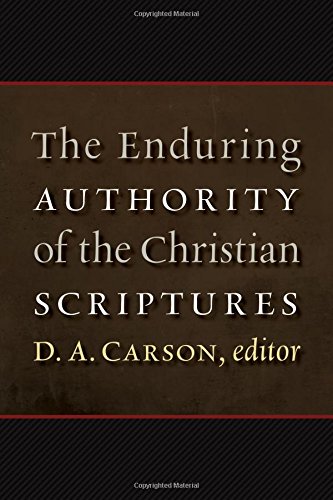A Brief Book Summary from Books At a Glance
Editor’s Note: Today we continue our series of “bonus” summaries covering all thirty-six chapters of the monumental volume, The Enduring Authority of the Christian Scriptures (D.A. Carson, ed.).
Chapter 4: Natural Philosophy and Biblical Authority in the Seventeenth Century
by Rodney L. Stiling
(Summarized by Mark Coppenger)
The Reformation made fresh space for scientific inquiry, space in which English Isaac Newton and German Johannes Kepler drew on the work of Tycho Brahe, Nicholas Copernicus, and Galileo Galilei to forge new paradigms in astronomy and physics. (Copernicus dedicated his early work to the Pope, but he turned to a Protestant press for publication.) Heretofore, scientists were content to postulate clusters of “eccentrics,” “equants,” and “epicycles” (variations on the circle, some within others, some with off-centered axes, etc.) to explain the curious path of Mars in the heavens. They were determined to preserve the Aristotelian claim that all heavenly motions and objects were perfectly circular. But Kepler displaced this mathematically-ornate (indeed, grotesque) account with a simpler one—that planetary motion could be elliptical.
As was famously the case with Galileo, the conflict was not simply among scientists, but also. . .
The remainder of this article is premium content. Become a member to continue reading.
Already have an account? Sign In
